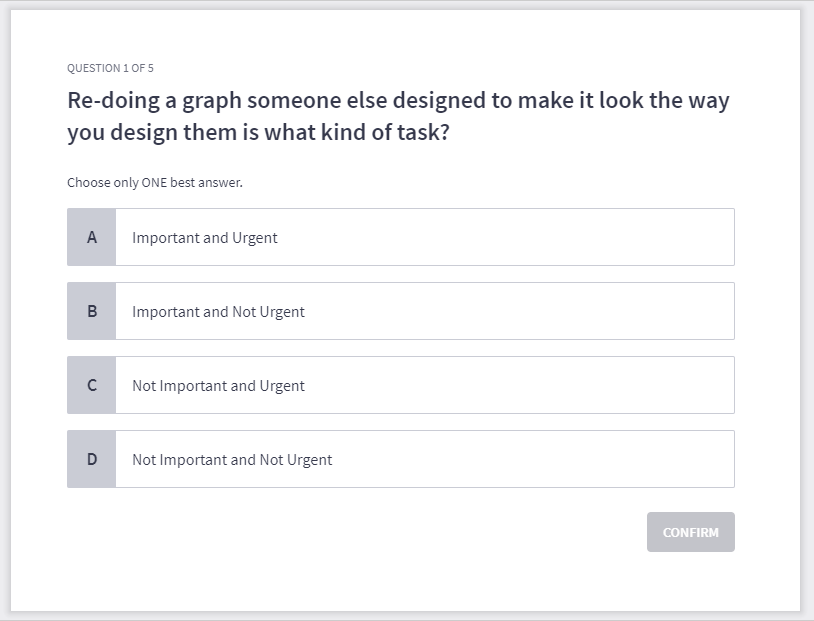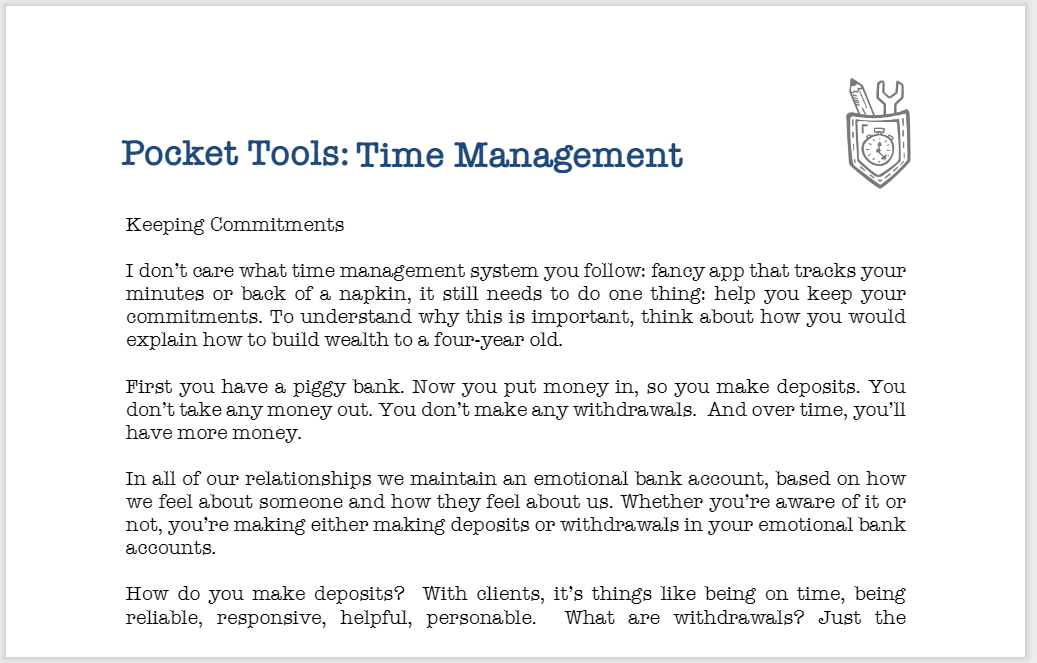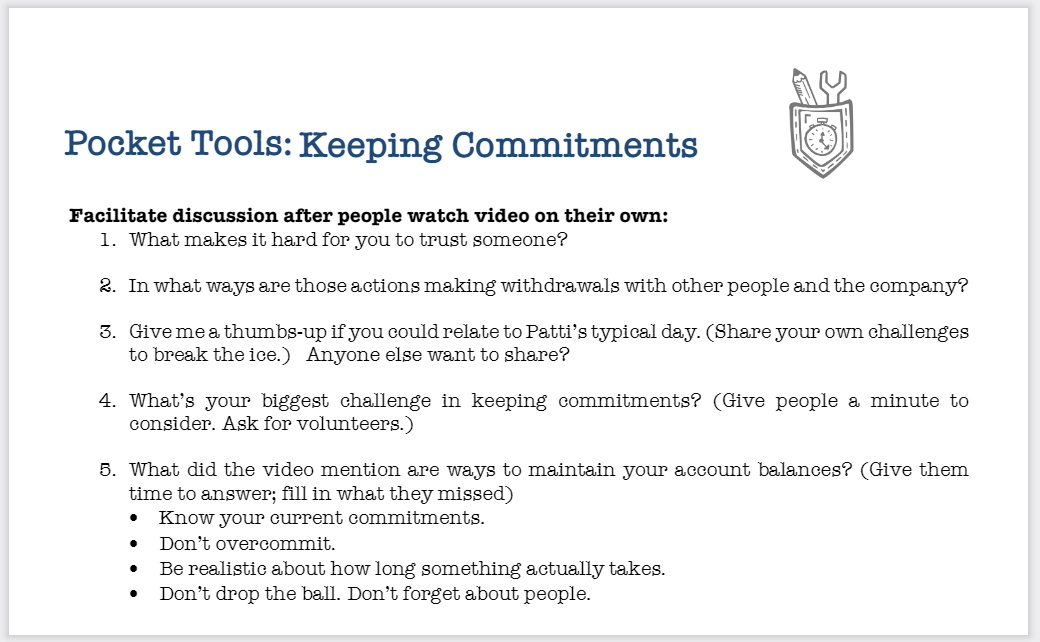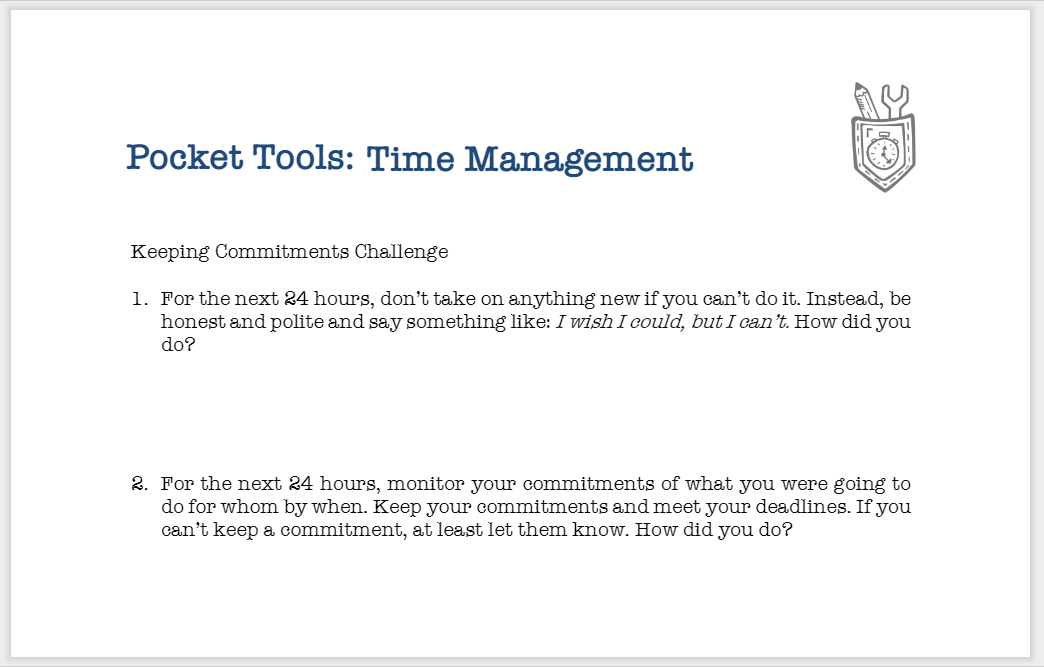Daily Journal of Commerce
Interview preparation can be intense and exhausting. There is so much to bring together for a single performance: research on the project, decision makers and the competition; what the team is going to say; how it’s going to illustrate it; and team members’ speaking skills.
The bulk of most presentation preparation goes into the first three. The reality is that how well a team interviews is far more important than what it knows going in, what its script says, or how good its PowerPoint presentation is. If a team can’t connect with the audience, everything else is wasted.
Some people are more at ease, more articulate and more engaging than others. We all know it. We’ve seen it firsthand. I coach people who have difficulties with interviews and it’s always a race against time. Can they become good enough in three weeks to make a marketable difference in how they come across? The answer is yes, and I’ve found a few ways to shorten the education process.
Show them
People who don’t like to interview are even less enthusiastic about doing so while being recorded. It’s beyond humbling to see oneself in action, but it’s the quickest way to gain awareness of what is being presented.
Before behavior can be changed, people need to know what they’re doing. We often lack self-awareness about our behavior, but video feedback brings it into sharp focus immediately.
In an eye-opening study, University of California professor Albert Mehrabian determined that it’s not the words we speak that make the biggest impression on an audience, but rather the sound of our voice and what people see. He broke it down into the three V’s: the verbal component, which accounts for only 7 percent; the vocal component, which accounts for 38 percent; and the visual component, which accounts for 55 percent.
When time is short, speakers can’t be coached on everything that needs improvement. Address the most glaring problems: a lack of eye contact, slouching, a quiet voice, fidgeting, see-sawing, or the “ums.”
Record speakers, show them the recordings, and direct them to work on one thing at time. It’s nearly impossible for us to try to change more than one habit and remember what we’re supposed to say too.
Get them relaxed
I have found that getting people to talk about something other than work is an effective way for them to connect with something they’re actually interested in. Nervousness is one of the biggest challenges, and making them more comfortable talking about anything is a great strategy.
Architects and consultants are not actors and yet we try to make them into actors by giving them scripts prepared by marketers. “Here, hit these points. Say this. And sound natural too.”
People who are more comfortable can do this relatively well, but others often freeze up. Their unease makes the audience uneasy.
When I coach people I have them tell me about a weekend activity or a personal story of something they’re proud of. This also helps them build some confidence through the process.
All great interviewers have one thing in common: confidence. They believe in what they’re saying and they’re at ease. In turn, we believe in what they’re saying and we’re at ease. Help a team build confidence by taking it slow.
Find the inside story
Perhaps the most powerful technique I’ve discovered is helping people get into a story. Stories have a magical ability to transform the dullest speaker into an engaging one. When we get lost in telling a good story, the strength of the narrative pulls both the interviewer and audience along.
Speakers who are wooden become animated and passionate. Their body language improves, their voice rises and falls, and emotion fills them up when they talk. Like Forest Gump, they go from walking with braces to a full run, metal flying all around and legs flying, finally free from a script they have to remember.
Stories are all around us: at home, in the office and on the job site. My goal is to find those stories and unpack them so they come to life.
When we relay a story lightly, I call it being outside the story. It looks and feels like a performance. It’s OK, but not as convincing as being inside.
You know you’re inside a story when you’ve transported yourself and your audience back in time. You’re not trying to impress them; you’re reliving what this story means to you. Maya Angelou says we remember neither what people say nor what they do, but rather how they make us feel. Coach team members to go inside their stories.
People looking to improve their public speaking need to practice and practice and practice. Think beyond this interview. Help them between interviews when they’re not stressing about what they need to say.
Someone who wanted to complete a marathon wouldn’t begin by running 26 miles. The smart plan would be to develop a feasible regimen and then work up to 26 miles over time.
Adjust expectations to what’s possible in one or two sessions. Work with speakers over time to help them build competency and confidence. The investment in training will pay off in a winning performance.
Leo MacLeod is a new business coach and a strategic consultant. Contact him at leo@leomacleod.com




Recent Comments